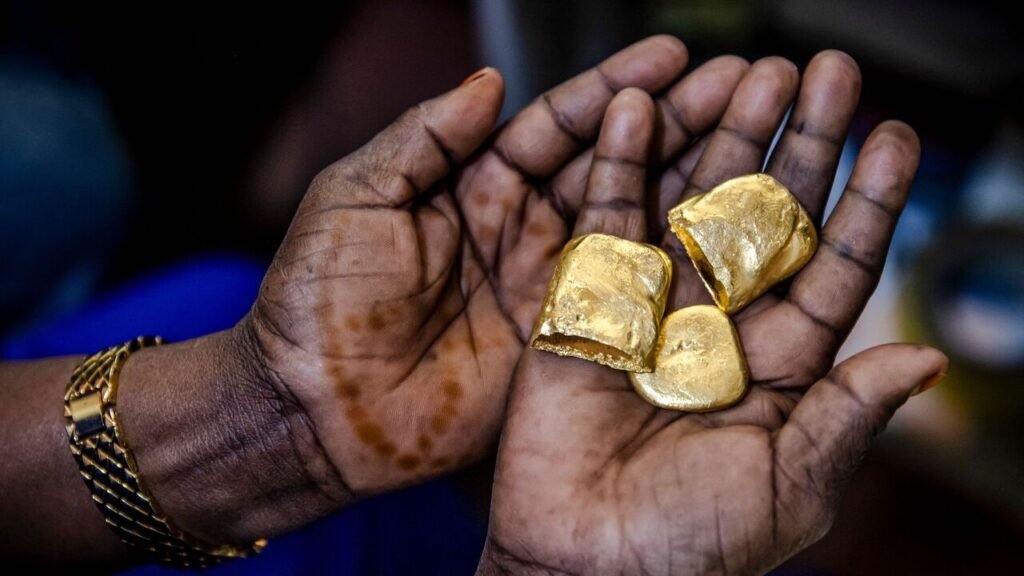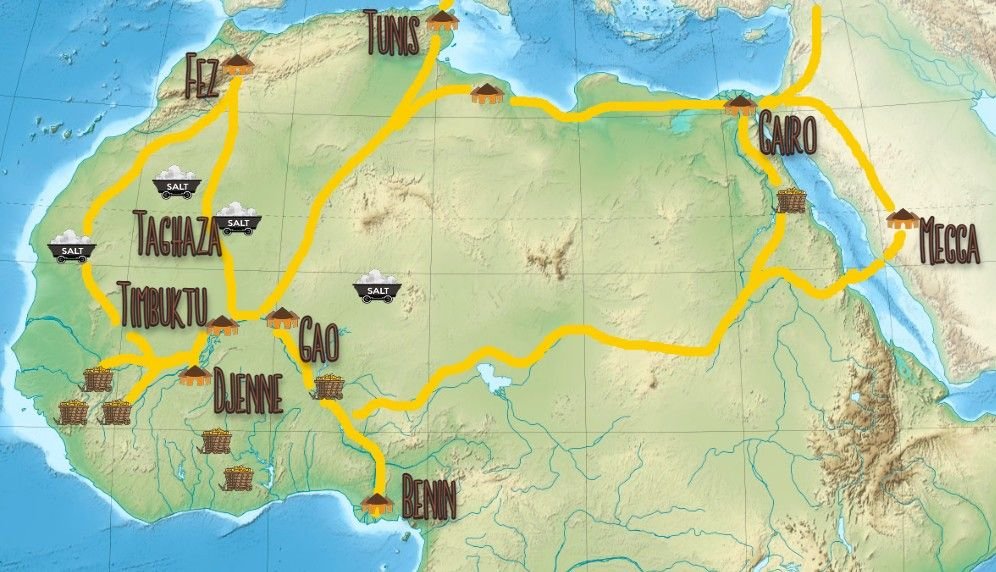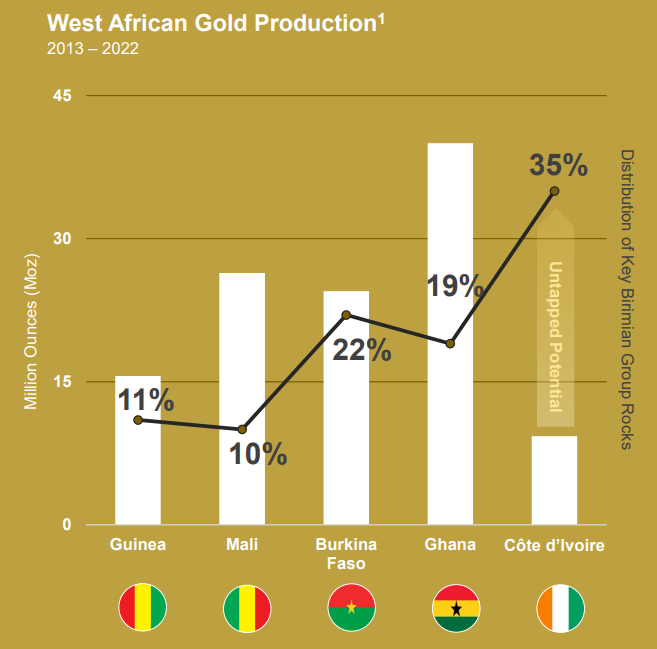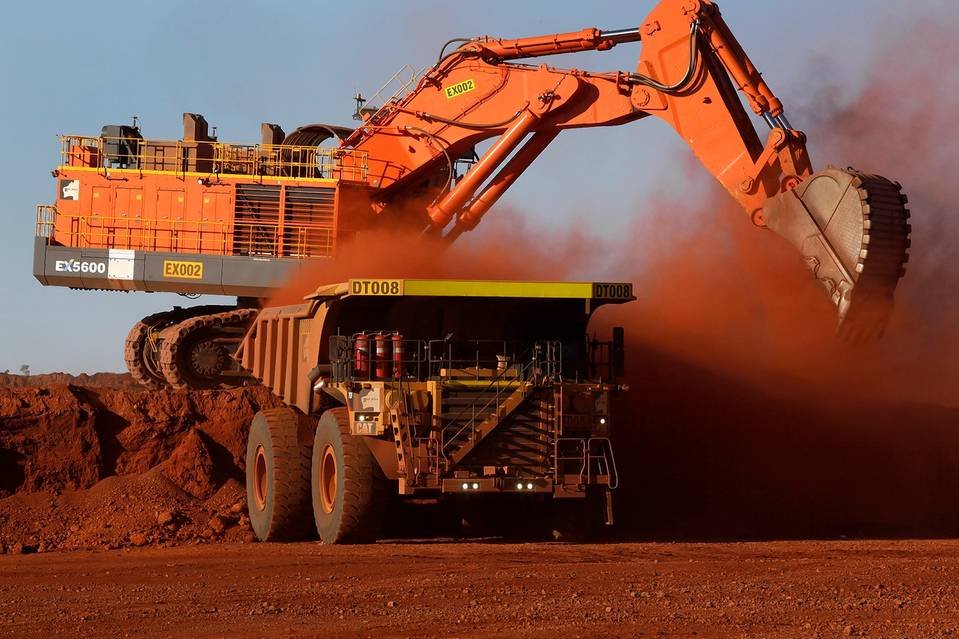Mining for Gold in Africa

Africa has been a major gold-producing region for centuries, with historical significance and economic impact that continues to shape the continent today. The region remains a key player in global gold supply, with several African countries ranking among the top producers worldwide.
Here’s a concise overview of gold mining in Africa, including its history, top-producing countries, methods, and economic role.
1. Historical Background of Gold Mining in Africa
Gold mining in Africa dates back to ancient civilizations, with historical gold trade routes in West Africa playing a crucial role in the trans-Saharan trade during the Ghana and Mali Empires (8th–16th centuries).
- 19th century: The discovery of gold in South Africa led to the Witwatersrand Gold Rush, transforming the region into a global gold hub.
- 20th century: Gold mining expanded across the continent, especially in West and East Africa.

2. Top Gold-Producing Countries in Africa
Several African countries are major contributors to global gold production:
- Ghana: Leading gold producer in West Africa, known for both industrial and artisanal mining
- South Africa: Once the world’s largest gold producer, now declining but still significant
- Mali: Major gold producer in West Africa, with large-scale mining operations
- Tanzania: Leading producer in East Africa, with major mines like Geita and Bulyanhulu
- Burkina Faso, Sudan, and Guinea: Emerging gold producers with growing output

3. Types of Gold Deposits in Africa
Gold in Africa is found in various geological settings:
- Greenstone belts: Found in West Africa and Southern Africa, rich in vein and lode deposits
- Alluvial deposits: Found in riverbeds and floodplains, commonly mined by artisanal miners
- Orogenic gold deposits: Formed through tectonic processes and found in ancient rock formations
These deposits support both industrial and small-scale mining operations.

4. Mining Methods in African Gold Production
Gold mining in Africa includes:
- Industrial-scale mining: Large operations using open-pit and underground mining
- Artisanal and small-scale mining (ASM): Informal, labor-intensive mining that supports millions of livelihoods
- Alluvial gold mining: Manual and mechanized extraction from riverbeds and sediment deposits
ASM is particularly widespread and provides employment for local communities, though it often faces safety and environmental concerns.

5. Economic and Social Impact
Gold mining is a major economic driver in many African countries:
- Employment: Supports millions of workers, including formal and informal sector jobs
- Export revenue: Gold is a top export for countries like Ghana and Tanzania
- Foreign investment: Attracts international mining companies and infrastructure development
- Challenges: Includes environmental degradation, illegal mining, and health risks in artisanal zones

FAQs
Q1: Which African country produces the most gold?
A1: Ghana is currently the leading gold producer in Africa, surpassing South Africa in recent years.
Q2: How long has gold been mined in Africa?
A2: Gold has been mined in Africa for hundreds of years, with large-scale industrial mining beginning in the late 19th century.
Q3: Is artisanal gold mining common in Africa?
A3: Yes, artisanal and small-scale mining is widespread, especially in West and East Africa, and supports millions of people.
Conclusion
Gold mining remains a cornerstone of Africa’s economy, with Ghana, Mali, Tanzania, and South Africa leading production. As global demand for gold continues, Africa’s role in the industrial and artisanal gold supply chain will remain vital.

